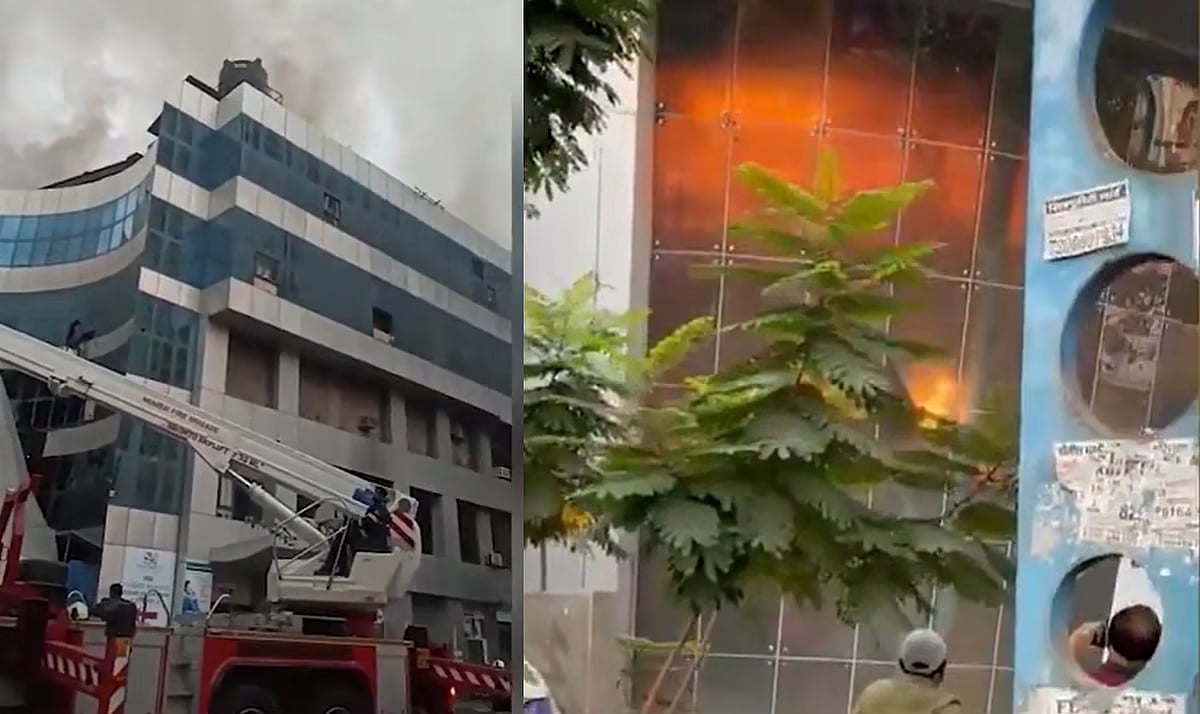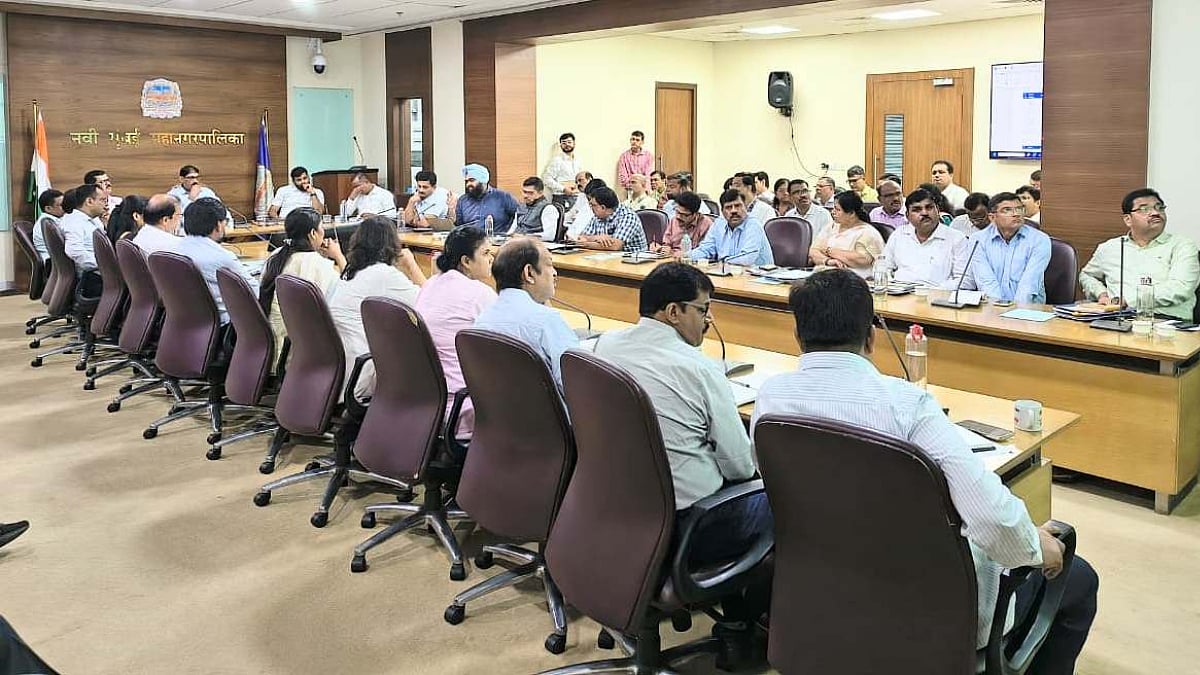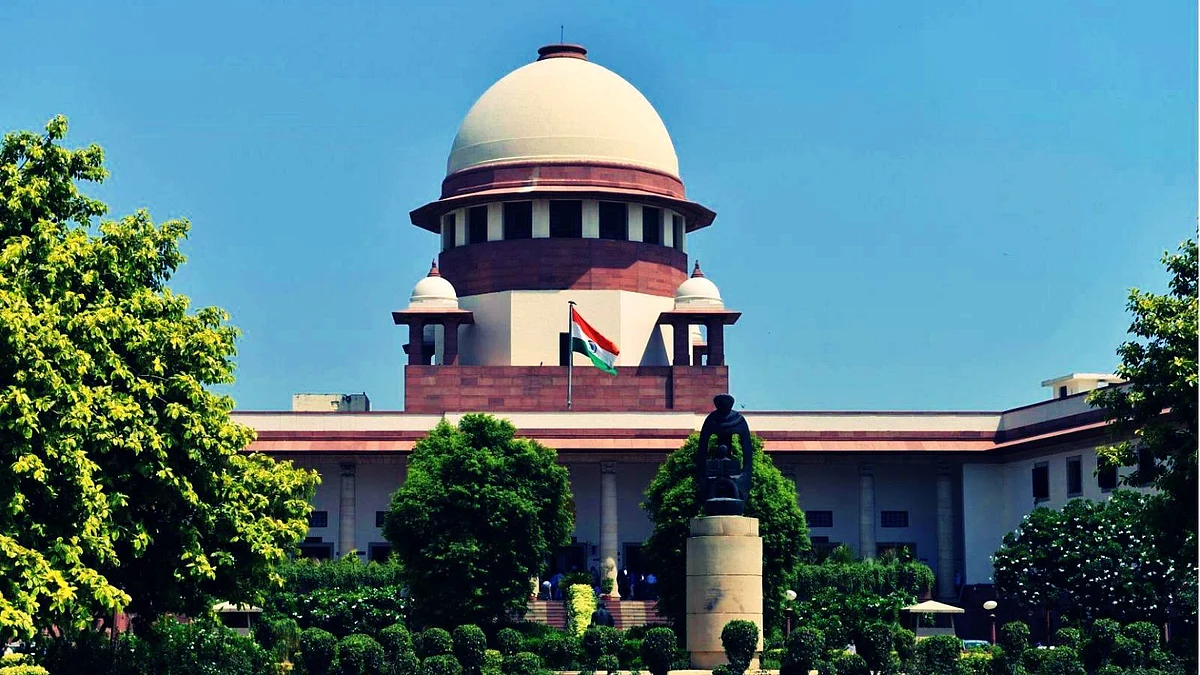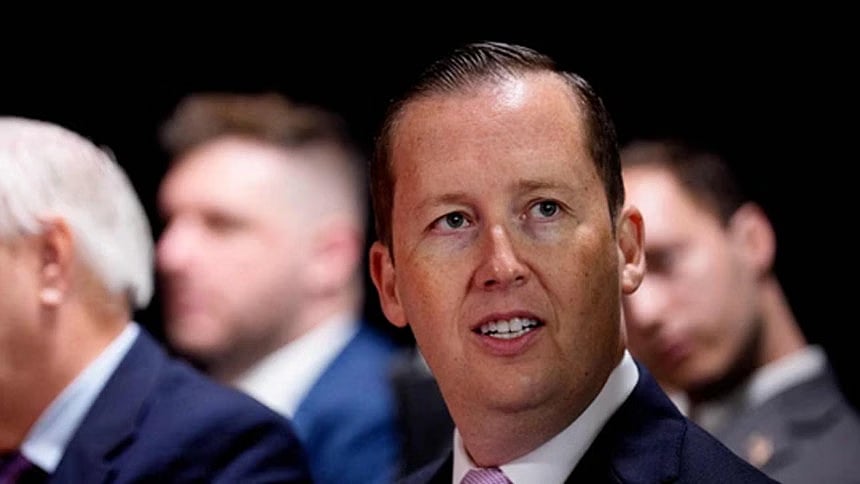This Holi, Mumbai skipped the bonfire over Covid fears, only to see flames devour one of its Covid hospitals. A coincidence, of course, but one that was waiting to happen.
In fact, fires break out with sickening regularity in hospitals. Last week’s blaze in Bhandup’s Sunrise Hospital, which claimed 11 lives, comes just two months after the one at Bhandara, Maharashtra, where ten premature babies died in the civil hospital as the electrical warmer in which they were placed caught fire at night.
The real tragedy is that these ghastly accidents were preceded by two major hospital fires in Mumbai; at Mulund’s Apex hospital in October 2020, where two critical patients died while being shifted, and at Marol’s ESIC Kamgar Hospital in December 2018, where nine lives were lost.
Covid hospital fires
Both resulted from electrical fires but the lessons from them were lost on us. In fact, the list of fires in Covid hospitals across India is depressingly long: in August last year, eight perished in Ahmedabad and 11 in Vijaywada, while five died in Rajkot…
No wonder the Global Disease Burden Study of 2017 notes that India accounts for one in every five serious fire accidents of the world.
Researchers for the International Journal of Community Medicine and Public Health examined 33 fires during 2010-’20 in Indian hospitals with over 100 in-patient beds and found that four out of five were caused by electrical short circuits, with the air-conditioner being the major culprit. And three out of four fires occurred at night.
Dr R K Dave, formerly with the National Disaster Management Authority, says this happens because the aging and often overburdened infrastructure, especially the wiring, is unable to bear the load of heavy-duty hospital gadgets when most of them are being used at once.
Private nursing homes
Although fires have not spared premier hospitals such as Jaslok, AIIMS and Apollo, the real threat is from private nursing homes. Doctors themselves have perished in such fires. Mumbai has around 2,000 of them, mostly in residential buildings, where the wiring is not meant to carry heavy commercial load.
Mumbai’s private nursing homes complain that the rules meant for big hospitals also apply to them, which is not practical. It is another matter that many of them don’t even ensure the basics: smoke alarms and sprinklers, a safe exit plan, a staff trained to tackle emergencies, fire audits and mock drills twice a year.
The study published by The International Journal of Community Medicine and Public Health concluded, among other things, that hospitals need to be careful about the storage of flammable materials and ensure that the central gas supply points are away from the patients. The 2011 AMRI hospital fire in Kolkata, where 93 perished, originated in a short circuit and fed on combustible substances illegally stocked in the basement parking.
According to the National Building Code, 2005, hospitals require equipment like fire extinguishers, hose reels and an automatic sprinkler system. Besides, the hospital building should be no more than 30 metres high, to make evacuation of patients easy.
Restaurant fires
Hospitals though are not the only tinderboxes; restaurants top the list. Who can forget the fire in the two upmarket pubs at Mumbai’s Kamala Mills Complex in December 2017. The owners and several civic officials were arrested for the 14 deaths and the heat lasted for a year by which time everyone got bail. Departmental inquiries were quietly dropped.
Most of the deceased were women who were attending a birthday party. They died of suffocation after hiding in a men's restroom where there was no ventilation. In fact, smoke kills most fire accident victims. The best defence against it is to lie on the floor and cover your nose with a moist cloth.
Playing with fire safety
For the record, 762 hospitals and nursing homes, including three government and 46 BMC hospitals, were found non-compliant with fire safety rules in a survey conducted by the Mumbai fire brigade after the Bhandara hospital fire.
Their fire-fighting systems were non-functional. In the study published by the International Journal of Community Medicine and Public Health, only 19 of the 33 hospitals examined were found to have functional firefighting systems.
Erring establishments are given four months to comply with the Maharashtra Fire Prevention and Life Safety Act, 2015. However, the follow-up action is another story.
The Mumbai fire brigade survey also revealed that some hospitals had even made illegal additions to the approved plans. Sunrise is one of them. The inquiry against the pubs at Kamala Mills Complex revealed a host of construction irregularities by several other establishments but nothing has been heard about it since then.
The state government has no moral authority in this matter as it does not follow its own fire safety rules, which was evident in the 2012 Mantralaya blaze, which killed five.
And as the Uphaar tragedy shows, victims have to fight for years to get a semblance of justice. The 1997 fire in the posh Delhi cinema hall killed 59 people but it was only in 2015 that the owners, the Ansal brothers, were convicted. By this time, they had grown old, which helped them get away with minimal jail terms.
It is a telling commentary on our system that even ten years after the AMRI fire, hospitals are no better prepared. On the contrary, malfunctioning warmers or incubators in hospitals kill babies across the country.
Four newborns died this way in Panjabrao Deshmukh Hospital in Amravati, Maharashtra, in May 2017. Closer home, one such mishap in November 2019 led to the death of a two-month-old baby at KEM, Mumbai’s premier civic hospital.
How many lives must we sacrifice before we start taking fire safety seriously?
The writer is an independent journalist based in Mumbai. He welcomes feedback on anilsinghjournalist@gmail.com.










